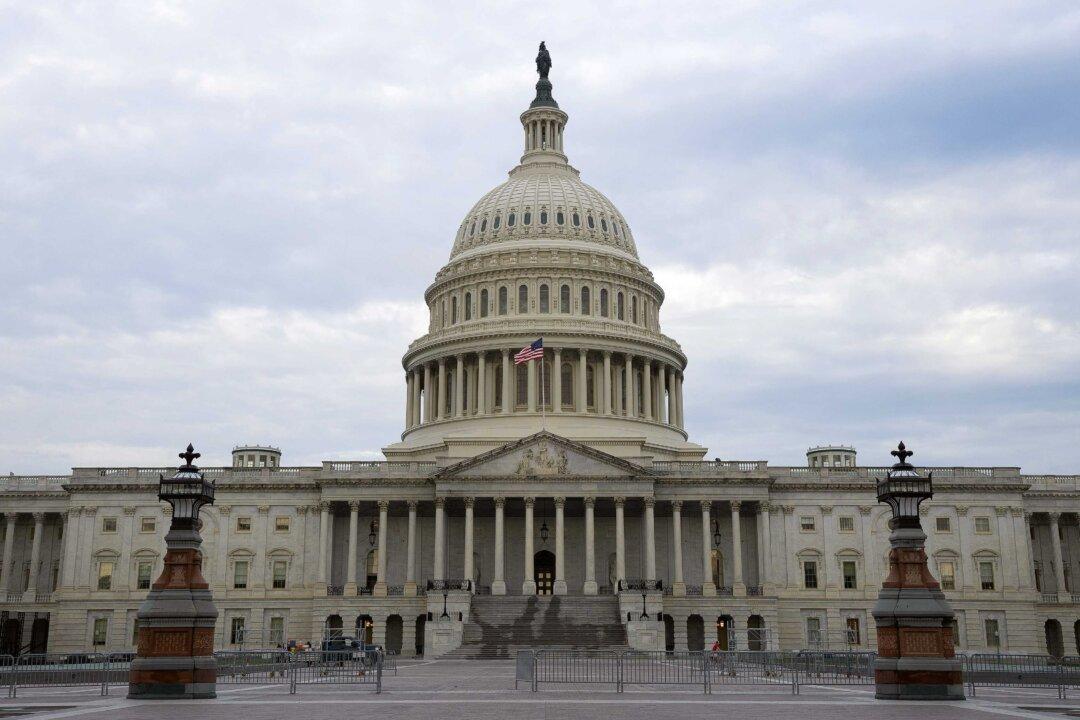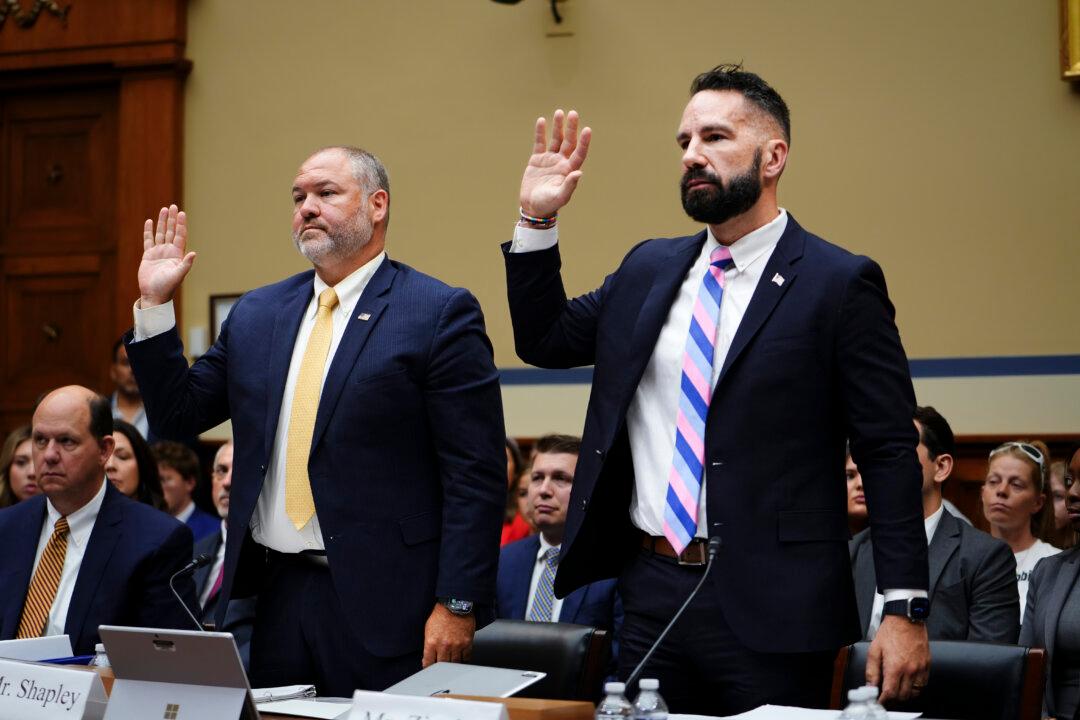Buried on page 305 of the $1.9 trillion “American Rescue Plan Act of 2021” is a provision that awards federal employees with kids as much as $21,000 for each household to stay home.
The “Emergency Federal Employee Leave Fund” provision includes $570 million for government workers who remain home to care for children because their schools haven’t resumed in-class instruction.





